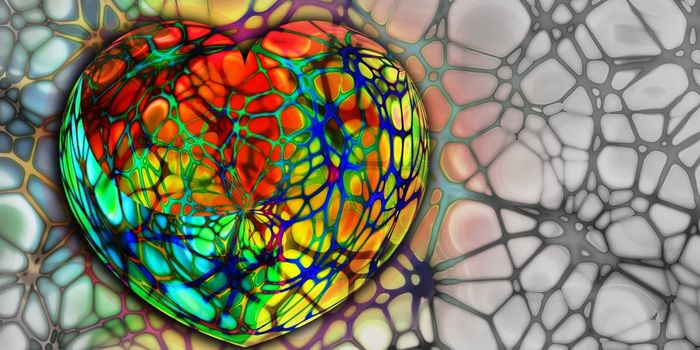Errors in the Nuclear Envelope Linked to Microcephaly
Researchers have found that errors in a gene called LMNB1, which produces the lamin B1 protein, have devastating effects; carriers of LMNB1 mutations have syndromic microcephaly (the head is too small), intellectual disability, varying cases of short stature, and other neurological symptoms. The findings were reported in the American Journal of Human Genetics.
In this study, the scientists used whole exome sequencing, in which the coding portions of the genome are completely sequenced, to identify mutations in seven patients that came from five families. The variants that were found are de novo; their presence in these individuals is their first known appearance.
All seven patients had mutations in LMNB1 and pronounced primary microcephaly as the major hallmark of their disorder.
The researchers wanted to know more about what problems were caused by these mutations. They found that the LMNB1 variations carried by the patients created lamin B1 proteins that were disrupting the integrity of a structure called the nuclear envelope. That results in cells with a misshapen nucleus.
"We used a HeLa cell system to analyze the three missense mutations in this gene and demonstrated impaired function of the nuclear lamina," said study co-lead author Tonya Moss, a Greenwood Genetic Center (GGC) research technologist. "Two other variants displayed misshapen nuclei and a decrease in nuclear localization of the lamin B1 protein, and another showed an increased frequency of condensed nuclei."
While it's known that LMNB1 duplications can cause adult-onset leukodystrophy, this is the first research to show that problems in this gene can lead to nuclear envelope dysfunction and congenital disorders.
"Because this gene product has multiple domains, it is likely that different variants in LMNB1 will work by different mechanisms, necessitating a case-by-case analysis of pathogenicity, which is important for future treatment studies as well as reproductive planning for families," said the co-corresponding study author Richard Steet, Ph.D., Director of Research at the JC Self Research Institute at GGC. "These findings add LMNB1 to the growing list of genes implicated in severe autosomal dominant microcephaly and broadens the phenotypic spectrum of the laminopathies."
Sources: AAAS/Eurekalert! via Greenwood Genetic Center, American Journal of Human Genetics








